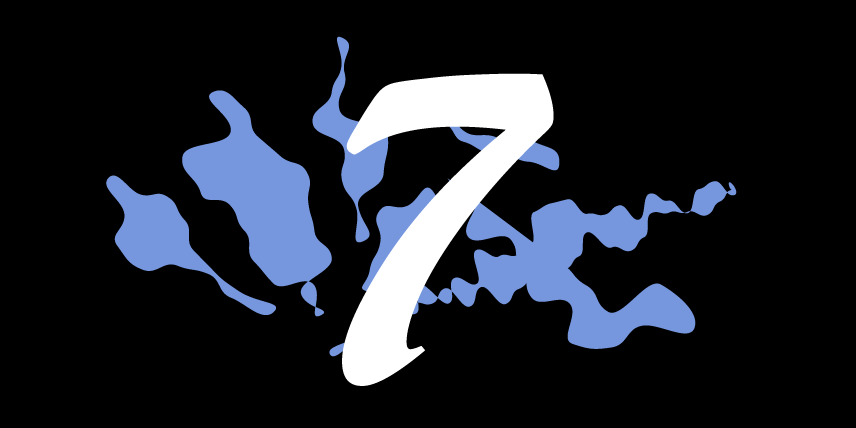Warring States Mnemonic
Though I've tried with flashcards, I just find the names of the Warring States difficult to get into my head. I therefore present a little mnemonic song, to be sung in the style of a 1920s jazz number. I did think of firing up the old Garageband and having a go, but lacking the time or musical talent, I here present the lyrics alone.

